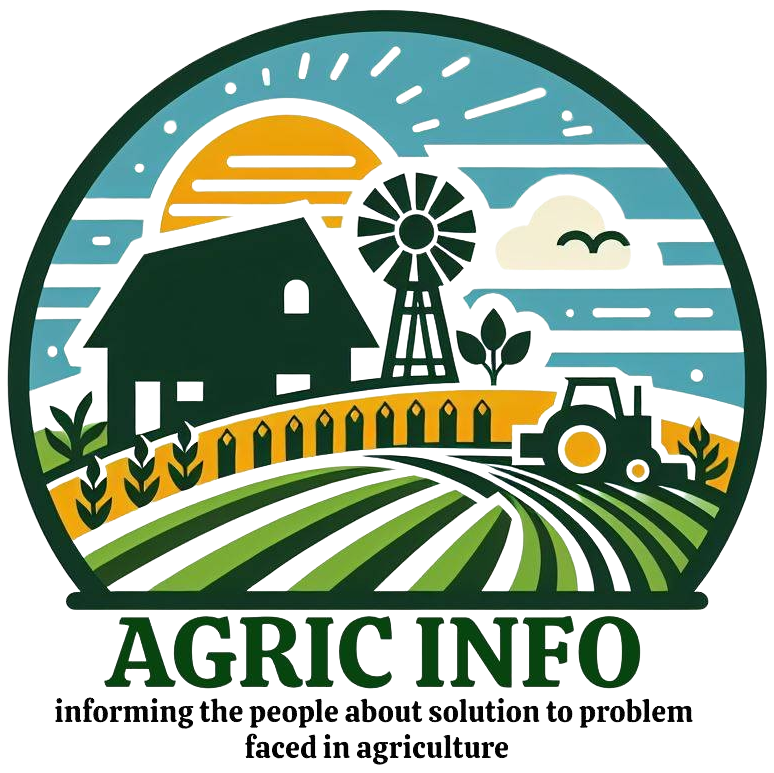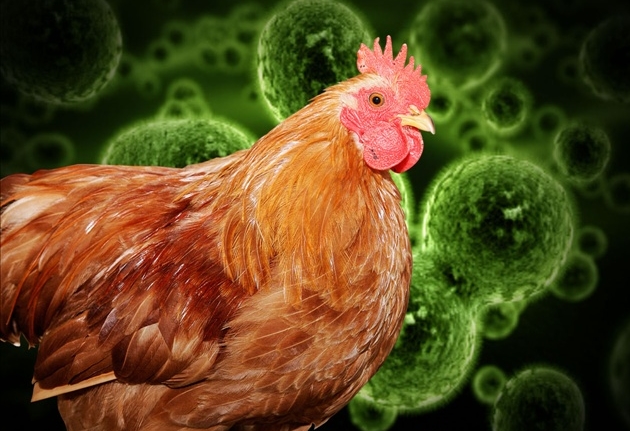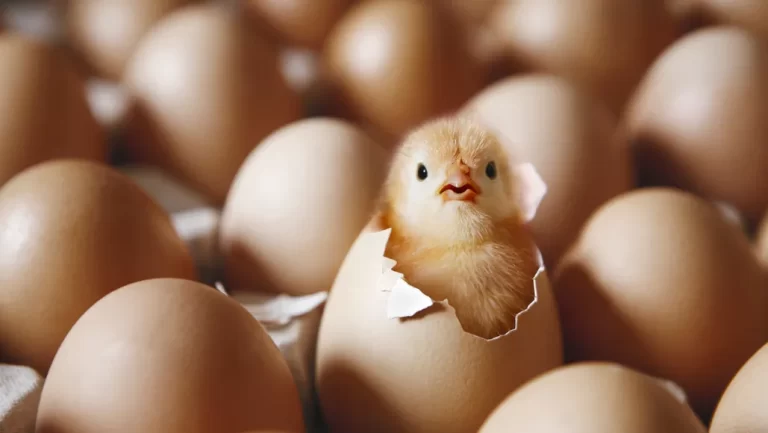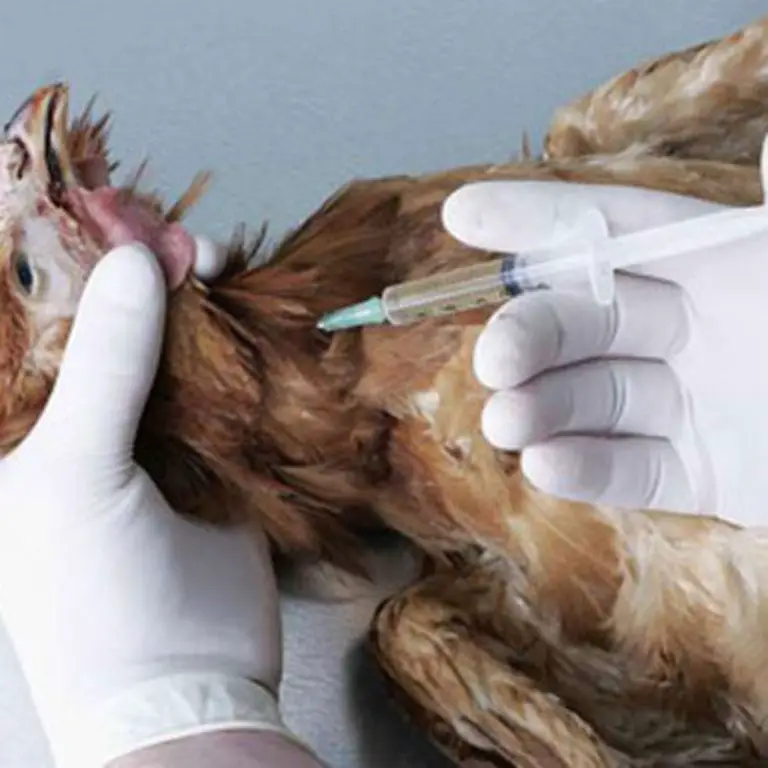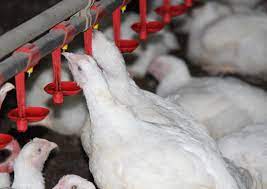How to Prevent and Treat Salmonellosis
How to Prevent and Treat Salmonellosis
How to prevent and treat salmonellosis has been one of the questions every poultryman is searching for. Congratulations you are on the right page. Interesting right? I guess.
However, salmonellosis is a very disastrous disease caused by the bacterium Salmonella. It can lead to symptoms like diarrhea, lethargy, and decreased egg production. Thankfully, to avoid the disastrous effect on poultry, you can prevent salmonellosis and also treat it if it occurs unknown to you to your poultry.
To ease the process, the article aims to highlight the preventions and treatments for salmonellosis. Just keep going through the article. But before then, let’s know what salmonellosis is all about.
What is Salmonellosis?
Salmonellosis is a bacterial infection caused by the Salmonella bacteria. In poultry, this infection can lead to symptoms such as diarrhea, fever, and decreased appetite. While most poultry chickens will not show any signs of illness, those that do may appear lethargic and stop laying eggs.
Salmonella can be found in the intestines of healthy-looking chicks, as well as in their feces. It can spread to other parts of the chicken’s body through the bloodstream, leading to more severe symptoms.
The bacteria can be transmitted to humans through contact with contaminated poultry or its environment. This is why it’s important to properly cook and avoid consuming raw or undercooked meat. Additionally, washing hands thoroughly after handling raw chicken can help prevent the spread of Salmonella.
Causes of Salmonellosis
Salmonellosis is a bacterial infection caused by the Salmonella species, which can be found in the intestines of both humans and animals. Poultry is a common source of Salmonella, as the bacteria can be present in the bird’s feces, as well as on its skin and internal organs.
The exact cause of Salmonellosis is multifactorial, but some contributing factors include poor hygiene practices during processing and handling, contamination of the environment with feces, and the use of antibiotics in poultry, which can lead to antibiotic resistance in Salmonella.
Additionally, some chicken breeds may be more susceptible to Salmonella than others due to genetic factors. It’s essential to follow proper food safety practices when handling and cooking chicken to minimize the risk of Salmonellosis.
Symptoms of Salmonellosis
Salmonellosis is a bacterial infection that is uncommon in poultry. Some signs that your chicken may be carrying Salmonella bacteria include diarrhea, fever, and dehydration. These symptoms can be mild or severe, and in some cases, they may not be noticeable at all.
If you suspect that your fowl is sick, it’s best to avoid consuming its meat and to properly dispose of it to prevent the spread of the bacteria. Always make sure to thoroughly cook chicken to an internal temperature of 165°F (74°C) to kill any potential Salmonella bacteria.
How to prevent Salmonellosis
Salmonellosis is a foodborne illness caused by the bacterium Salmonella. Chicken can be a common source of this infection, but there are several steps you can take to prevent Salmonellosis:
- Biosecurity
- Vaccination
- Hygiene
- Practice good nutritional management
Biosecurity
This is one of the preventions of Salmonellosis in your poultry. Implement strict biosecurity measures to prevent the introduction of Salmonella into your flock. This includes washing your hands before and after handling birds, using separate clothing and footwear for your chicken coop, and avoiding contact with wild birds or other animals that could carry the bacteria.
Vaccination
Consider vaccinating your chickens against Salmonella. There are several vaccines available that can help prevent the spread of the bacteria within your flock. Consult with your veterinarian to determine which vaccine is best for your birds. Although vaccination programs cannot eliminate Salmonella from a flock entirely, they can help mitigate its impact by reducing clinical signs of infection and shedding levels among infected birds.
Hygiene
Maintain excellent hygiene practices in your coop and run. Clean and disinfect all surfaces regularly, including feeders, waterers, and perches. Use a disinfectant that is effective against Salmonella, such as bleach or quaternary ammonium compounds (QACs).
Practice good nutritional management
Focus on high-quality feed ingredients that have been tested for pathogenic bacteria, such as Salmonella, before feeding commercial flocks
How to Treat Salmonellosis
The following are ways to treat Salmonellosis:
- Isolation
- Antibiotics
- Supportive Care
- Environmental Management
Isolation
If you suspect that one or more birds in your flock have Salmonellosis, isolate them immediately to prevent the spread of the bacteria to healthy birds. Provide them with separate food, water, and bedding to prevent cross-contamination.
Antibiotics
Consult with your veterinarian about the use of antibiotics to treat Salmonellosis in chickens. Antibiotics can help reduce the severity of symptoms and shorten the duration of infection, but they should only be used under the guidance of a veterinary professional. Administer antibiotics as prescribed by the veterinarian. Commonly used antibiotics for salmonellosis include enrofloxacin, neomycin, and amoxicillin.
Ensure that the entire course of antibiotics is completed, even if symptoms appear to improve before completion. Follow the veterinarian’s recommendations regarding the choice of antibiotics, dosage, and duration of treatment.
Supportive Care
Provide supportive care to sick birds, such as fluids to prevent dehydration and nutritional supplements to promote healing. Keep a close eye on their symptoms and consult with your veterinarian if their condition worsens or if they show signs of septicemia (blood poisoning). This may include offering electrolytes to maintain hydration and essential nutrients. Ensure a balanced and nutritious diet to support the immune system during recovery.
Environmental Management
Optimize the living conditions of the poultry by ensuring proper ventilation, temperature control, and adequate space. Identify and address any factors that may contribute to stress among the birds, as stress can exacerbate the impact of salmonellosis.
Conclusion
Safeguarding poultry against salmonellosis is imperative for both animal welfare and human beings. You need to practice strict biosecurity measures, maintain a clean environment, and ensure proper nutrition are vital preventive steps.
Early detection through regular monitoring and swift intervention, such as using probiotics and antibiotics under veterinary guidance, can effectively treat salmonellosis. By prioritizing these measures, poultry farmers can contribute to a safer food supply chain and minimize the risk of Salmonella transmission to humans.
